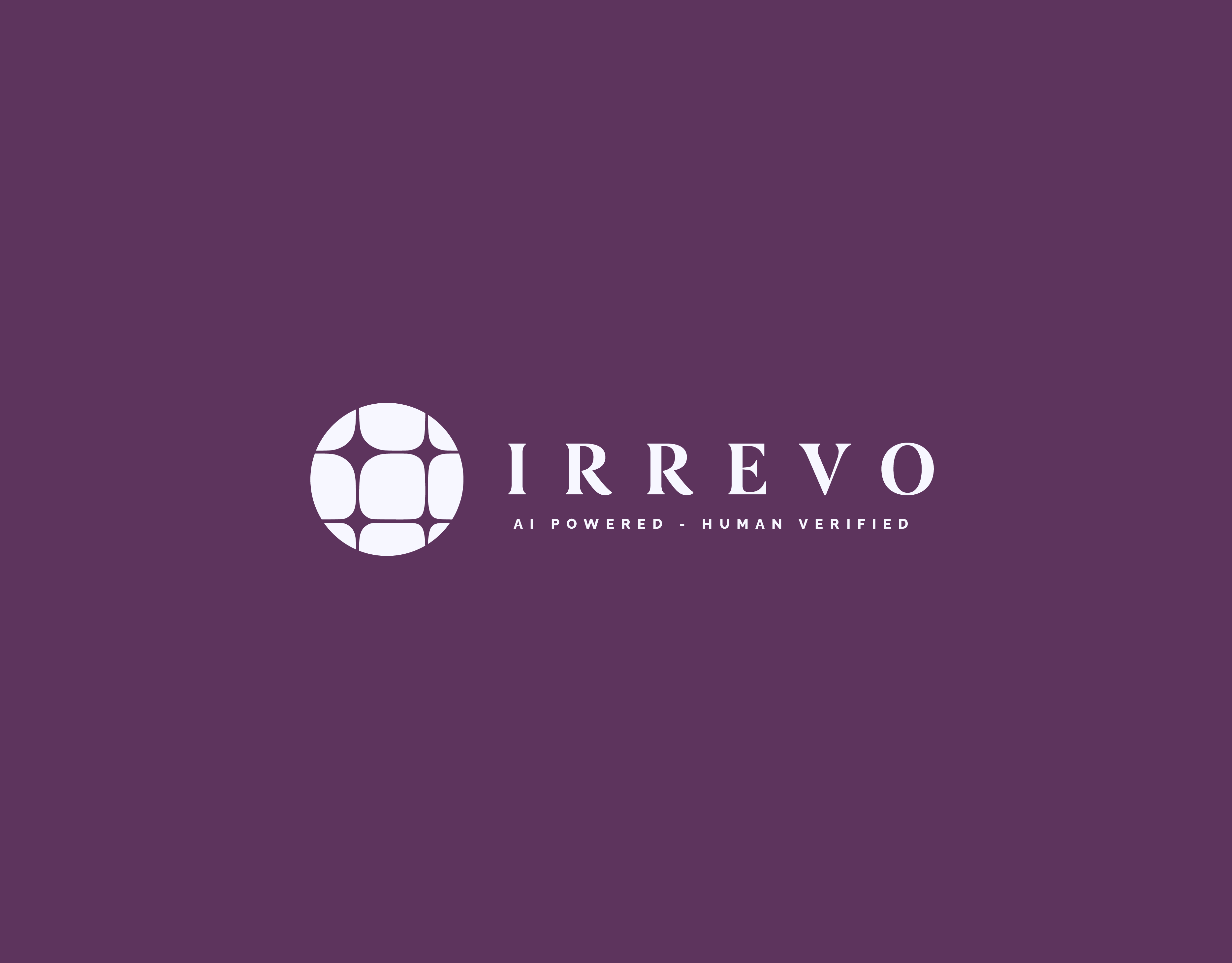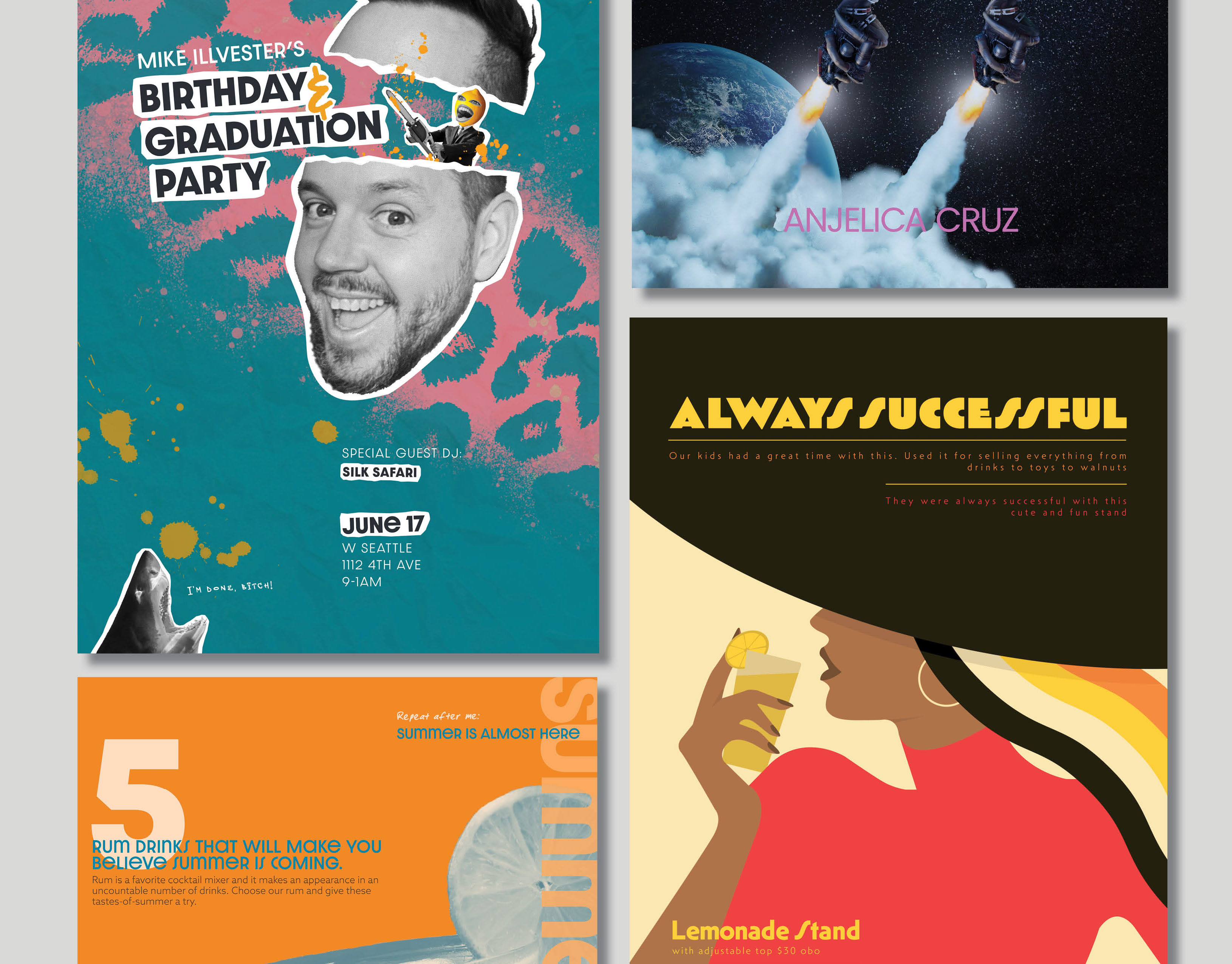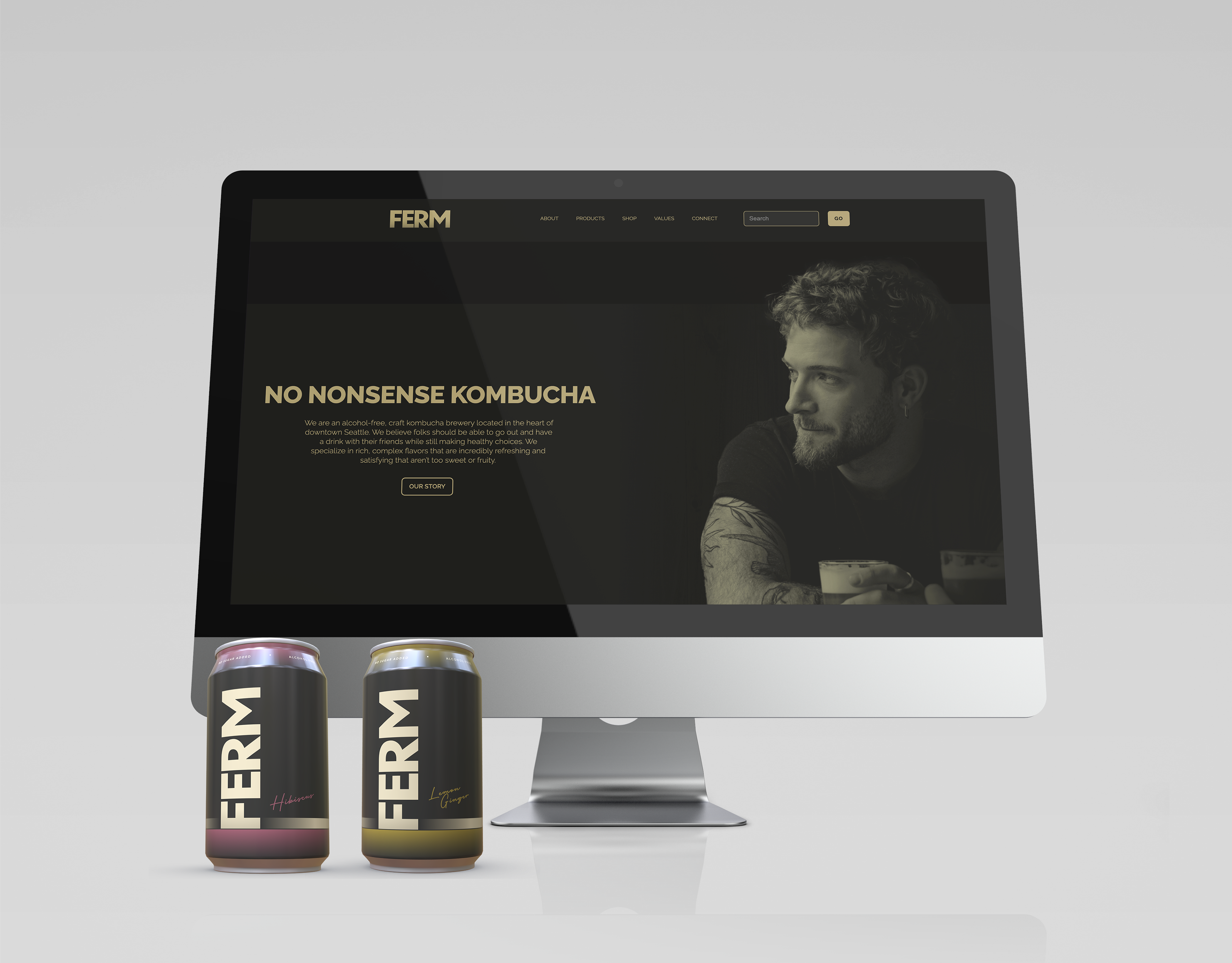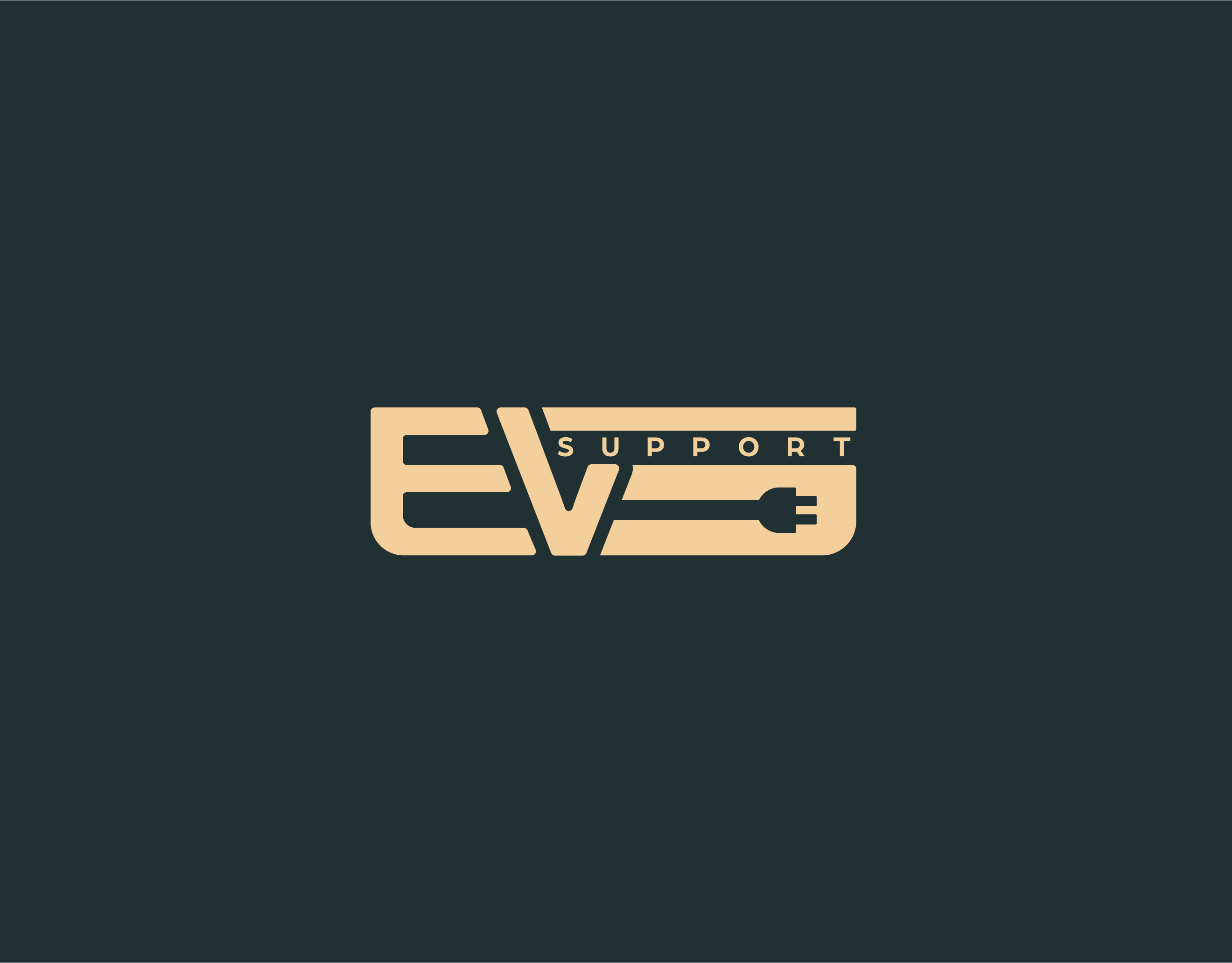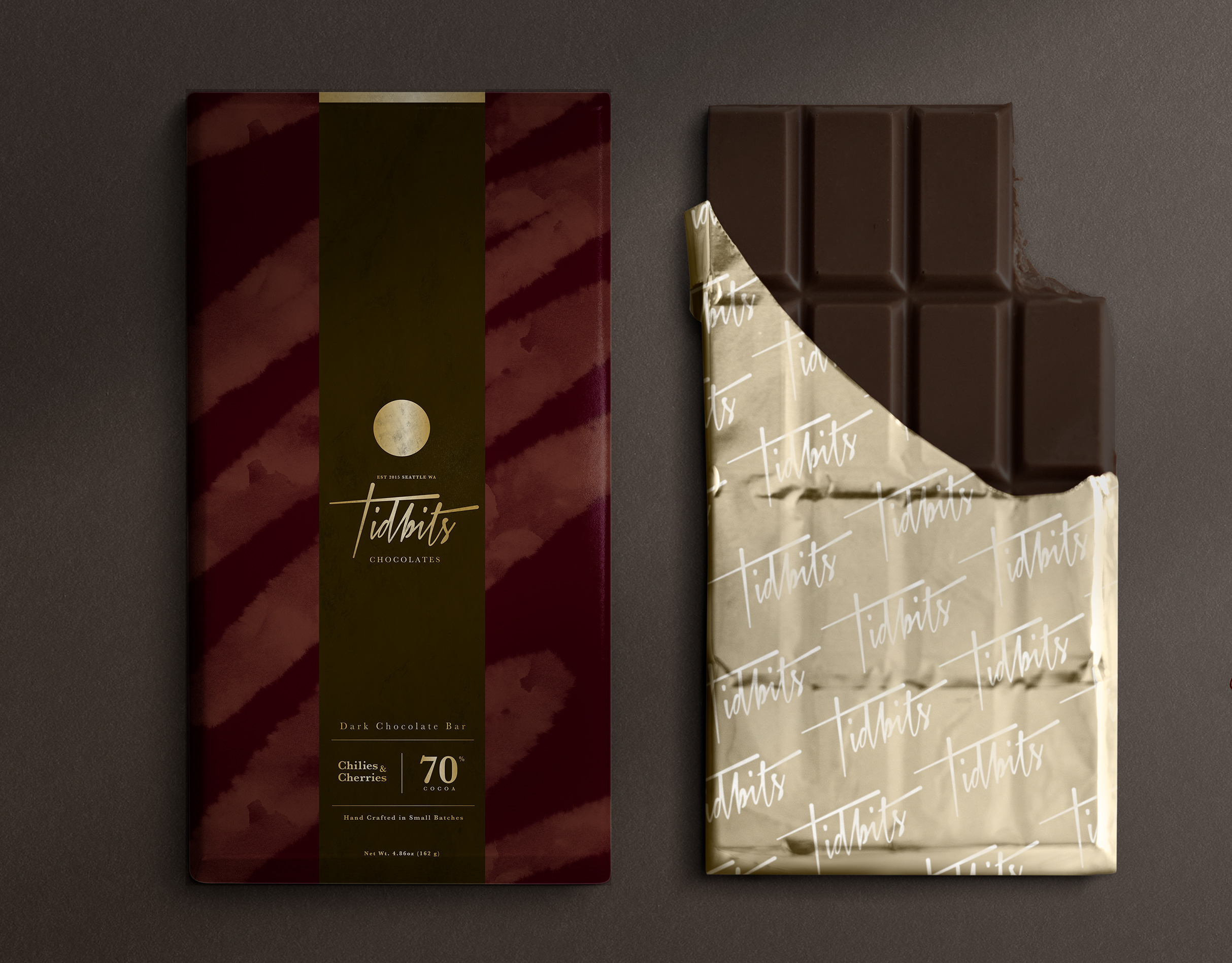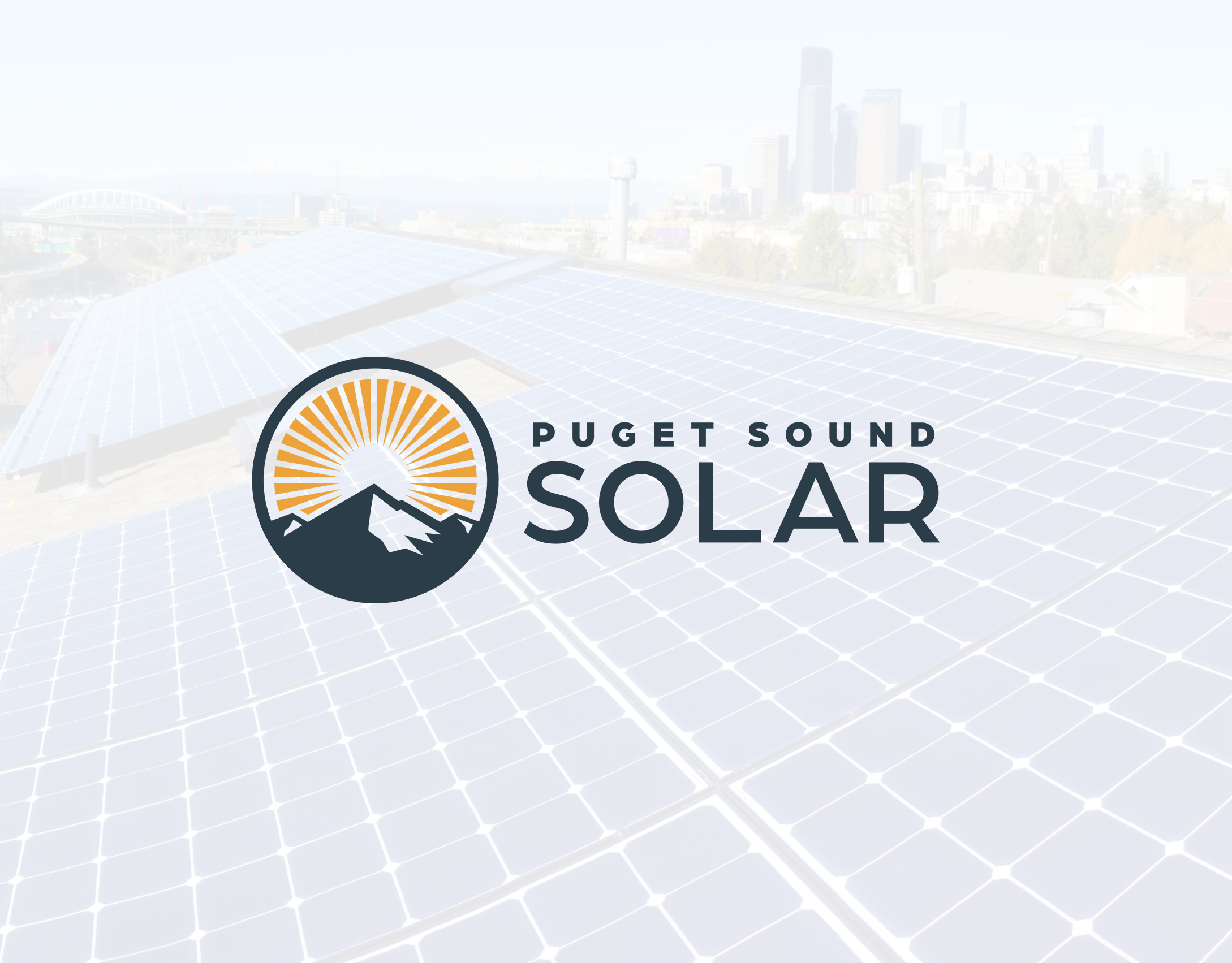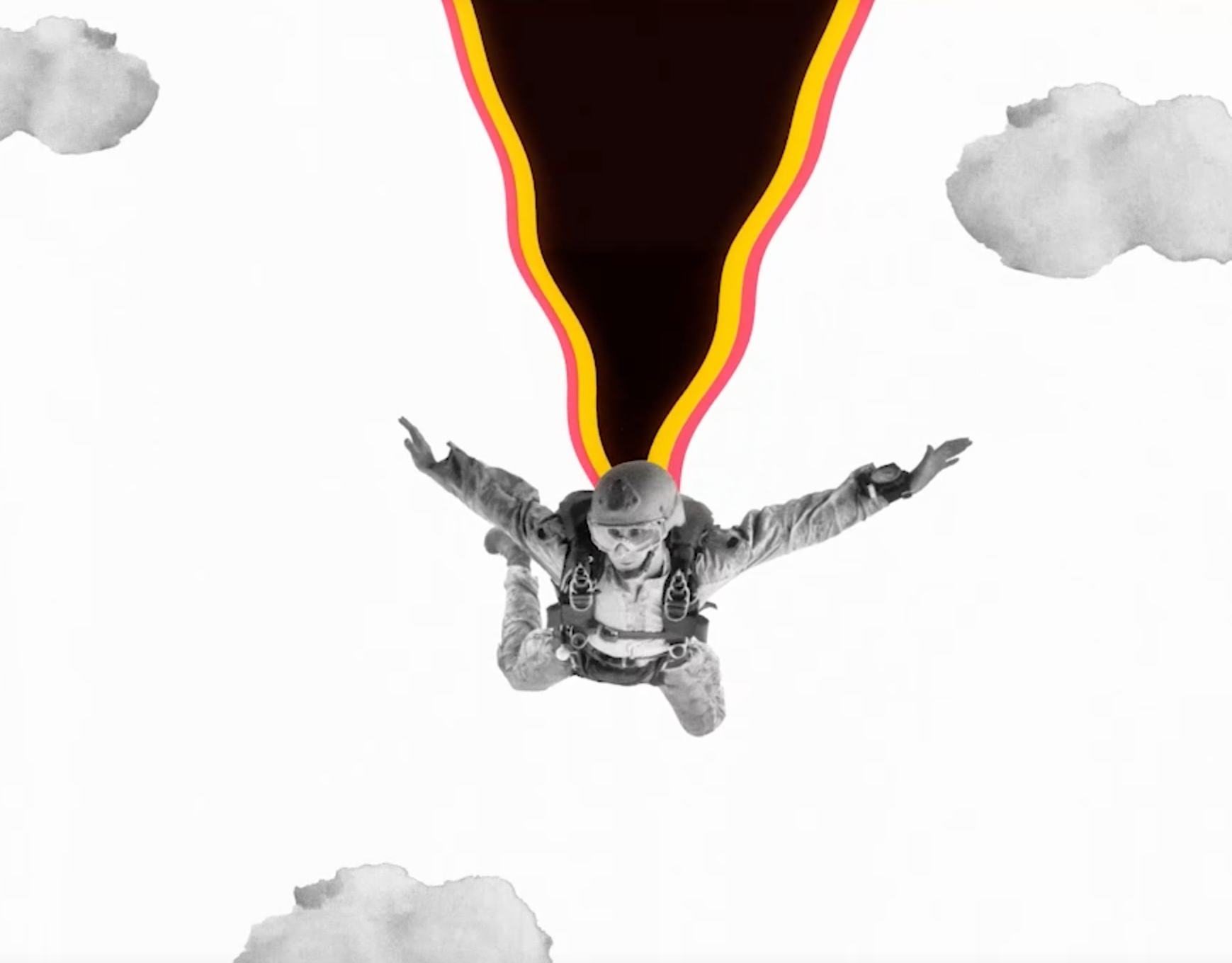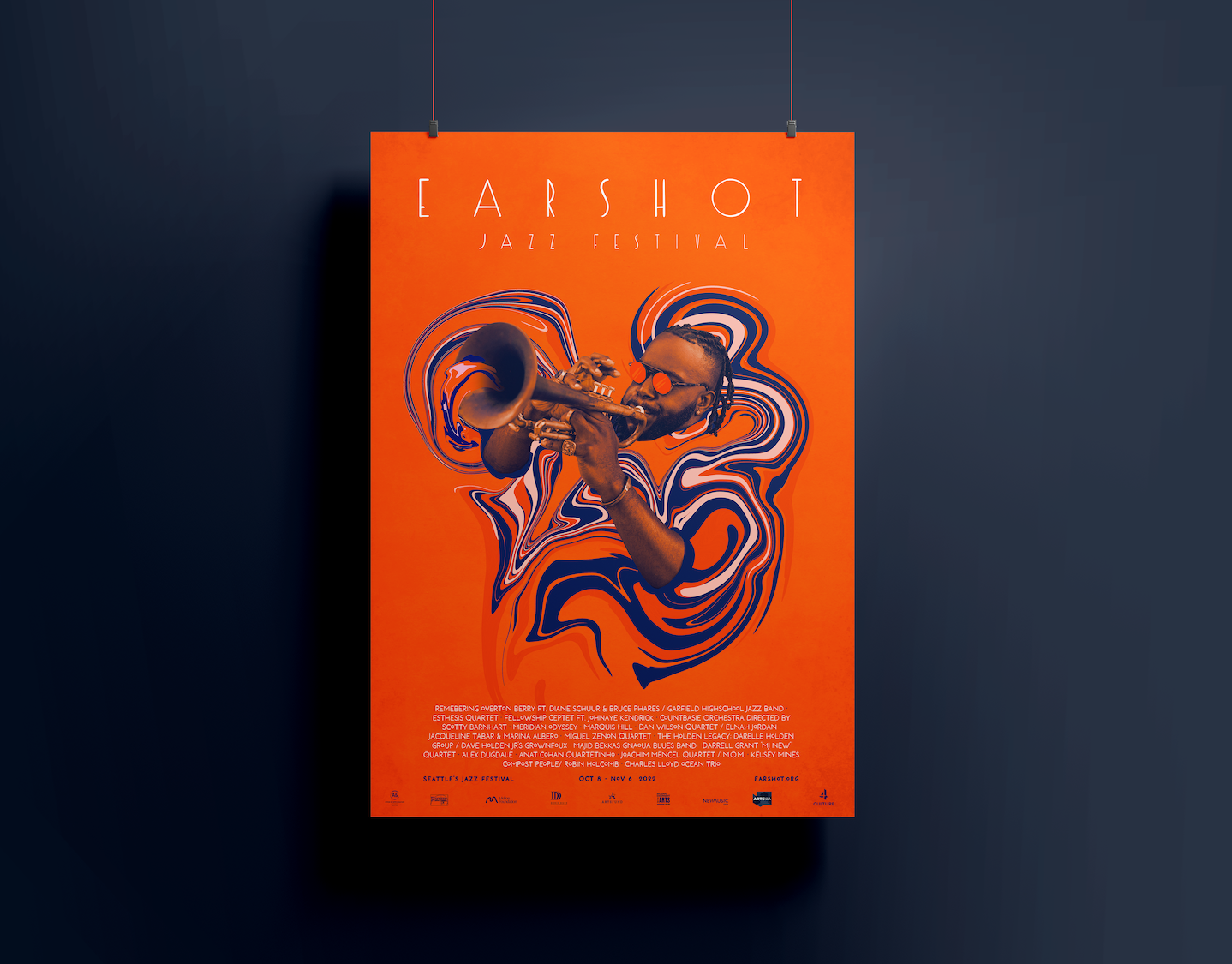• Overview
With the rising popularity of Augmented reality features in mobile apps, I explored how a phone app with AR capabilities could enhance the experience of the Woodland Park Zoo.
The Problem
Family trips to the Woodland Park Zoo can be a fun experience, but parents often find themselves stressed and overwhelmed with useless maps, limited food options, and unhappy children.
The Solution
I was able to design a mobile app that provides Augmented reality features that entertain and educate while also featuring tools to help navigate and experience the zoo in a much more enjoyable way.
Role
Research, Concept, UX, Visual Design,
User-testing Prototyping
User-testing Prototyping
Timeframe
9 weeks // 50 hours
Winter 2023
Winter 2023
Collaborators
Solo
Tools
Figma, Zoom, Notion, Procreate, Adobe Aero,
After Effects
After Effects
Client
School Project
• Research
Online Survey
To inform the design of my augmented reality (AR) experience for the zoo, I conducted several research activities. First, I conducted an online survey to gauge the general interest and familiarity with AR technology among potential visitors to the zoo.
65% of people surveyed said they had used Augmented Reality
79% of people surveyed said they would be interested in an AR experience at the zoo
75% of people surveyed said they would rather use their own phone than a tablet

Zoo demographics
I also researched demographic information about who visits the zoo to better understand my target audience. I found that families with young children were a key demographic for the zoo, with this group making up almost 70% of visitors. This information was essential in shaping the design of my AR experience to ensure it was accessible and engaging for children and families.
69% of people who visit the zoo are in groups with children.
4 hours: The average length of a zoo visit
94% of people feel that zoos and aquariums teach children about how people can protect animals and the habitats they depend on
79% of people feel better about companies that support wildlife conservation at zoos and aquariums
Interviews
To gain deeper insights into how families with young children experience the zoo, I conducted one-on-one interviews with parents who frequently visit the zoo. I asked questions about their motivations for visiting, their expectations for a zoo experience, and their thoughts on using AR technology to enhance their visit. These interviews provided valuable qualitative data that informed my design decisions and helped me to create an AR experience that would meet the needs and expectations of our target audience.
"I spend half the time trying to figure out where we're going"
-Zoo goer
Visiting the zoo
I decided to visit the zoo myself to observe groups of visitors and how they interacted with exhibits and navigated the zoo. Since there was likely to be some form of wayfinding in my design I made note of how the signage was used (and underused).








Testing the tech
The software I was going to be using was Adobe Aero (Beta). Having never used it before I first needed to discover its possibilities and limitations. I found that it was a rather bare-bones program and without access to quality 3D assets, I was going to need to get creative.


Since using 3D models was not going to be a viable option I decided to use realistic 2D images.

Live testing AR
• Synthesis
Change of plans
At the start of the project, my idea was to develop an interactive experience using Augmented Reality technology to augment the joy and excitement of going to the zoo with some fun AR effects. However, through my research, customer interviews, and the limitations of AR technology, I discovered that there were areas where my design could have a more significant impact. I identified the following key areas to focus on:
• Reducing stress and anxiety for parents
• Improving general navigation of the zoo
• Create a trackable way of connecting zoo-goers with animal conservation information
While AR remained an important component of the app, I realized I should prioritize these critical areas for a more effective design.
Empathy Map & Archetypes
To further understand the needs and motivations of our target audience, I created an empathy map based on insights gathered from our research activities. From this, I identified three archetypes that represent the key user groups for our AR experience: Grandparent, Parent, and Child.
Jobs-to-be-done
The Grandparent archetype: Motivated by spending quality time with their family and creating memories, as well as seeing their grandkids excited about learning.
The Parent archetype: Motivated by the desire to entertain and educate their children, while also minimizing the stress of the zoo experience.
The Child archetype: Motivated by the desire to be entertained, learn about animals, and interact with them as much as possible.
By identifying these archetypes and their respective "jobs-to-be-done", I can ensure that my AR experience meets the needs and expectations of each user group. This will ultimately lead to a more enjoyable and memorable experience for all visitors to the zoo, while also providing educational value that aligns with the zoo's mission.
Northstar statement
My goal is to build an accessible interactive AR experience for the Woodland Park Zoo. To enhance the visitor’s experience by creating memorable moments, reducing stress, and providing more education and engagement.
• Ideation
Information Architecture
To ensure that our AR experience was intuitive and easy to use, I focused on creating a clear and well-organized information architecture. I aimed to streamline the user journey and minimize the time spent on the app, allowing users to focus on discovering and interacting with the animals and exhibits.
Wireframe sketches
To achieve our objective of providing an intuitive and efficient experience, we opted for a simple and minimalist interface design. Since the app heavily relies on augmented reality to provide an immersive experience, we wanted to minimize the distractions and visual clutter in the viewport window.
Sketch ideas for the AR viewport
Sketch ideas for the AR viewport
Sketches of various screens of the user journey
Design System
To ensure consistency and efficiency across all designs, I built an atomic design system for the app. Working with a design system allowed me to save time and maintain consistency throughout the design process.
Given that much of the user's interactions will be with the AR interface, I focused on keeping the rest of the app design simple and minimalistic. The atomic design system consists of reusable components, such as buttons, icons, and menus, that can be combined to create more complex interfaces.
the atoms and molecules of my design system
This approach not only saves time but also ensures that all designs follow a consistent visual language and brand identity. By using an atomic design system, I was able to streamline the design process and create a cohesive user experience.
• Prototype
User-testing
To validate my design decisions and ensure a seamless user experience, I built a set of prototypes in Figma. I used these prototypes to conduct user testing, gathering feedback from a range of users to identify areas for improvement.
Conducting a user test over Zoom
During the user testing process, I focused mainly on the non-AR parts of the app since the AR technology was limited, and I had to rely on proof-of-concept videos in After Effects to demonstrate the AR features. The user testing process provided valuable insights into how users interacted with the app, and we were able to identify several areas for improvement
Overall, the user testing process provided valuable insights into how users interact with the app and helped me identify several areas for improvement, resulting in a more intuitive and user-friendly experience.
Hi-fi Prototype
After applying the changes to the prototype based on the user feedback I moved on to updating my hi-fi prototype to ensure that it meets the key objective outlined during the synthesis phase.
• Reducing stress and anxiety for parents
• Improving general navigation of the zoo
• Create a trackable way of connecting zoo-goers with animal conservation information
• Entertain, educate, and inform
• Create memorable moments
Demo video
I filmed test videos of the AR prototypes I made in Adobe Aero. I brought that into After Effects and created a few proof-of-concept videos.
Click full screen to enlarge
Click full screen to enlarge
Outcomes / Next Steps
The app provides a smooth, trackable way for zoogoers to access animal conservation information and resources. User research and testing, as well as the use of an atomic design system, created an app that is intuitive and easy to navigate and meets the needs of my target users.
Moving forward, I could expand the app's features to include more interactive elements, such as quizzes, games, and augmented reality experiences that engage users with conservation information in fun and innovative ways. Also adding social sharing features that allow users to share their experiences and encourage others to visit the zoo and learn about conservation.
Final Thoughts
The limitations of current AR technology forced me to adjust my design approach to focus more on the non-AR elements of the app. While I was disappointed that I could not fully realize my vision for the app, I recognized that AR technology is still in its early stages and that there is much room for improvement in the future. Overall, having backup plans is essential.
